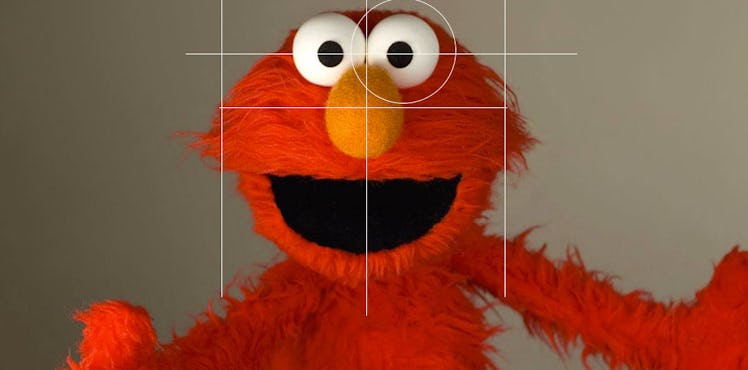The Psychological Reason Why Toddlers Go Crazy For Elmo
Don't blame Mr. Noodle.

Every toddler knows about Elmo. It doesn’t matter if they’re Amish or part of an isolated indigenous tribe in Brazil — around the globe this red puppet is beloved like no other Sesame Street character (now you sympathize with Oscar, don’t you?). But why? Why do kids fill their diaper when they see Elmo?
The short answer is, they see Elmo as an avatar for themselves. And not in a James Cameron kind of way. Basically, this 3-and-a-half-year-old, short, smiley hug monster is your kid. In a Slate report, the director of the Center of Toddler Development at Barnard College explained that he’s “just like toddlers who are in a exploratory stage of life — like little scientists, trying out and exploring what is around them, delighting in it.”
But, there has to be more to it than that. You have favorite characters too, but you don’t start doing flips off the couch when Tyrion Lannister shows up on Game of Thrones.
Elmo started out as just another background muppet player (literally an “extra”). None of the puppeteers could figure out what to do with him, until one day Kevin Clash started playing around with what would become that signature high-pitched voice, and conceived the character’s personality as the embodiment of “love.” The writers started fleshing out a preschool character for Clash’s take, and Elmo was born. (And according to some purists, Sesame Street died.)
Elmo was designed to look and think like a little kid. That third-person speech pattern might annoy the hell out of you (Dorothy hates his guts — and she’s a goldfish), but it’s actually supposed to reflect how kids first think of themselves. “Me” first. And, according to psychologists, the way he talks is also kind of your fault. Elmo speaks in “Parentese,” the same slow and varied pitch you use to get a young kid’s attention and help them pick up on language cues. So to your kid, Elmo sounds like home.
Elmo’s also learning new words and ideas at the same rate as your child. He also does it in a humorous way that shows it’s okay to screw up, and Elmo doesn’t judge. Also, children form social bonds with him, and kids trust Elmo on pretty much any topic, from learning how to do something new to choosing what they should eat. (Just don’t discuss the 2016 presidential election with Elmo.) The studies show that if your kid sees Elmo chowing down on broccoli, they probably will too.
On a more primal level, your kid just likes seeing red. (Although the color wasn’t a specific Jim Henson Company choice — there just weren’t any other red puppets yet at the time.) Research suggests that primary colors make kids feel secure, and according to What to Expect The First Year, red is one of the first shades of color (along with black and white) that kids learn to distinguish. So even if you’re not trampling over people to enable your kid’s love for Elmo, understand they’re psychologically wired for it. It’s Elmo’s World. You’re just living in it.
This article was originally published on